THE MICHAEL A. LENTINI ARCHIVES PAGE IS UP & RUNNING! VISIT THE PAGE TO VIEW THE FABULOUS VINTAGE YEARBOOKS & PHOTOS! Many thanks to Mikey Lentini, for sharing with me his yearbooks, and personal photos! Grazie Mille, Mikey! You’re the best!
Posted: June 7, 2022 Filed under: Angela's Digital Footprint, Angela's picture galleries, East Harlem, East Harlem Ephemera, East Harlem School Days, Italian Americans, Italian East Harlem, New York City, NEW YORK ITALIANS, Pleasant Avenue, Thomas Jefferson Park, Vintage Photography | Tags: East Harlem, Italian Harlem 8 Comments‘‘Twas a balmy summer day on the East River…Look, there’s Washburn!
Posted: November 8, 2021 Filed under: Angela's picture galleries, Architecture, But Not Forgotten!, East Harlem, Gone, Italian Americans, Italian East Harlem, New York City, NEW YORK ITALIANS, Pleasant Avenue, Vintage Photography | Tags: East Harlem, East River, factory, forgotten new york city, Gone, History, Italian American, Italian East Harlemites, Italian Harlem, Italian Immigrants, Journey to Italian Harlem, Little Italy, Manhattan, New York City, Nostalgia, nyc, old building, Pleasant Avenue, Urban History, urban landscape, vacant, vintage photographs, Washburn Wire 8 CommentsOn a warm summer day, well over 30 years ago, I was out boating with my cousin, Guy. As we were passing East Harlem, heading North up the East River, I saw the vacant Washburn Wire Factory. It was located between East 117th and 118th Street, at the end of the 500 block, off Pleasant Avenue, by the East River Drive.
My family lived right up the block from that once active factory- back in the 1950’s and ‘60’s. At the time of this actual photo, I had a feeling that Washburn had outlived its welcome, and that it would be just a “matter of time” before it would be (ultimately) demolished & replaced. So…with that thought in mind, as we were drawing closer to the vacant factory, I quickly reached for my film camera and took this photo!
Behold a moment in time- captured on a hazy & humid summer day- on the often tumultuous East River! Thankfully, the river was very calm when this photo was taken!
AIEH
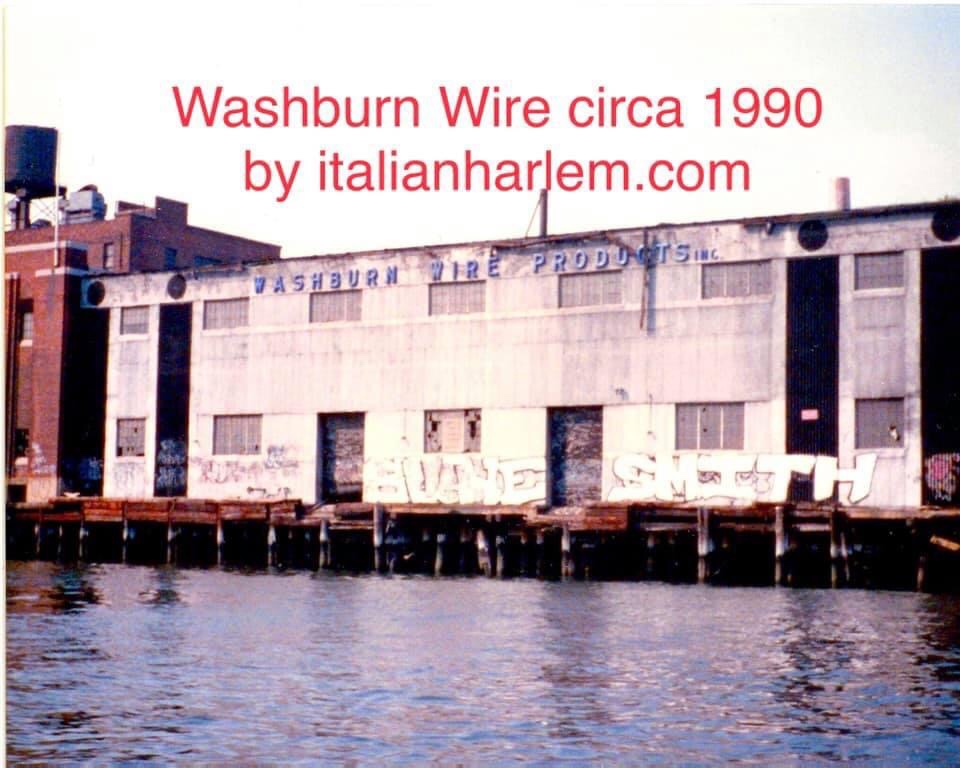
VINTAGE EAST HARLEM- FLASHBACK to P.S. 102: FIRST GRADE CLASS PHOTO!
Posted: November 6, 2021 Filed under: Angela's picture galleries, East Harlem, East Harlem School Days, Italian Americans, Italian East Harlem, Just for fun, New York City, NEW YORK ITALIANS, Vintage Photography | Tags: East Harlem, first generation italian american, History, Italian, Italian American, Italian Harlem, italians, Little Italy, memory lane, New York City, nyc, nyc public schools, public school 102, school days, second generation italian american, Tenements, the old neighborhood, uptown little italy 11 CommentsThis heartwarming “blast from the old neighborhood’s past”, was thoughtfully sent to me by one of my readers, Steven B., who is a former Italian East Harlemite. This adorable photo depicts Steven’s 1st grade class, from Public School #102, which is located at 315 East 113th Street-between 1st & 2nd Avenue. The approximate year was circa 1953-54.
According to Steven’s memories of his East Harlem school days, the male teacher in the photo was named Mr. Dupoid. (spelling uncertain). You can find Steven sitting in the first row-4th from the right, with hat in hand. 🙂 Thank you so very much for sharing this wonderful vintage photo with us, Steven! It truly is a historical gem!
A note to my readership: Take a look at the teachers, and the children in this class photo. If you recognize anyone, feel free to comment on who they are, and point out exactly where they are in this photo! Thanks, and enjoy! P.S. The children in this photo would currently be around 73-74 years old!

“A BETTER TOMORROW” 1945 filmed in East Harlem
Posted: May 26, 2020 Filed under: But Not Forgotten!, East Harlem, East Harlem Maps, Italian Americans, Italian East Harlem, Movies Filmed in East Harlem, New York City, NEW YORK ITALIANS, Pleasant Avenue, Tenements, Video | Tags: archive, archives, Benjamin Franklin High School, East Harlem, film, Leonard Covello, video, vintage 5 CommentsThe Historical Society of Pennsylvania is holding a collection of photos, files, and ephemera that belonged to Leonard Covello, the former principal of Benjamin Franklin High School. As kismet would have it, I stumbled upon an extremely rare, short film, filmed by Alexander Hammid, a Czech film director, and cinematographer. Technically, for all intents and purposes, this was a US government propaganda film. I’m not a fan of some of the statements that were made in this film, but it’s a fabulous “portal to the past”, and that’s good enough for me! This is a short film on American public education, intended for public use. It was filmed in 1945, in several New York City locations, with a special focus on Benjamin Franklin High School, located on Pleasant Avenue in East Harlem. I cropped the film to reflect what I would prefer to emphasize-which is daily community life in East Harlem. Oh, and you’re welcome! (wink) 🙂 If you wish to view this film in its entirety, here’s the direct link: https://digitallibrary.hsp.org/index.php/Detail/objects/13235
I must tell you that I have a personal collection of rare papers, photos, letters, and maps-some of which are shown in this film. Long story, but I’ll tell you a bit about how I acquired them. About 5 years ago, I received a phone call from the wife of a bookseller that I frequently bought from. I was asked if I would like to have the remainder of files from the archives of Leonard Covello. I was stunned! I had been searching for years, scouring the planet for anything remotely related to the East Harlem community, and in one phone call, I was given a fabulous gift! The book seller’s name is Michael Cordasco. Michael’s father, Francesco Cordasco, was a well known sociologist, Columbia graduate, and a close friend and colleague of Leonard Covello. When Leonard Covello died, Francesco was given Covello’s files, books, photos, etc. Most of the Covello collection went to the Historical Society of Pennsylvania, and, with sheer luck and serendipity, the rest went to yours truly! I will never forget that afternoon, when I received that phone call! I’ll post a video soon, talking more about how I acquired the collection. 🙂
I have been meaning to digitize my collection, for years now, but found it difficult to set aside the time to do so. Also, I’m a terrible procrastinator! Ha ha, there, I said it! 🙂 Now, due to the Covid-19 situation, I am not working outside my home, so I have the time to move forward with my digitization and preservation project. Aside from the Covello collection, I have a huge archive of “all things East Harlem” that I have been collecting since 2004. I also have a large photo library of vintage photos that were given to me by family and friends, and I have ephemera which relates to East Harlem as well. Oh, I haven’t mentioned the books, which I have been scouring the internet to find, for almost 15 years!
There’s so much for me to do. When I think about it, I get overwhelmed! Lol However, the clock is ticking, and I owe it to my readership, and to my East Harlem ancestry, to get the ball rolling! 🙂
So, watch this movie, and if you click through to my YouTube page, don’t forget to follow me! Oh, and if you are so inclined, watch my metaphysical videos on crystals, astrology, numerology, tarot, and all that fun stuff! Yes, I wear many hats! Lol 🙂
My Motivation Behind the Creation of ItalianHarlem.com- My Father, Albert :-)
Posted: October 27, 2015 Filed under: Angela's picture galleries, But Not Forgotten!, East Harlem, Genealogy & DNA, Italian Americans, Italian East Harlem, Vintage Photography, Voices of East Harlem | Tags: 1800's, 1900's, Blogging, Digital Memorial, East Harlem, Family, Family History, Harlem, Historical, History, Immigrants, Italian, Italian American, Italian East Harlem, Italian Harlem, Italian Immigrants, Little Italy, Manhattan, Memory, Motivation, New York City, Nostalgia, nyc, Tenement, Tenement Life, Tenements, Turn of the Century, Urban History, Urban Jungle 10 Comments In December of 2007, I was 3 years into my “whirling dervish” obsession of gaining every drop of family history knowledge that I could garner. It became self-evident that my ancestral journey had begun, and so I conceived the idea of creating a website to memorialize, and forever “etch” into existence, the information that I would render from this extensive research. I named my website “Pathway to My Ancestry,” and so began the painstaking steps to build the site on the then existing “Live Spaces” platform. A few years into building the site, live spaces was drawing to closure, thereby necessitating me to find another platform to maintain my website. Hence, I found WordPress, and so here I am, and hopefully, will continue to be! In the interim, I had to transfer whatever was transferable to the new website, and decided to change the title of my blog to “Italian Harlem.”
In December of 2007, I was 3 years into my “whirling dervish” obsession of gaining every drop of family history knowledge that I could garner. It became self-evident that my ancestral journey had begun, and so I conceived the idea of creating a website to memorialize, and forever “etch” into existence, the information that I would render from this extensive research. I named my website “Pathway to My Ancestry,” and so began the painstaking steps to build the site on the then existing “Live Spaces” platform. A few years into building the site, live spaces was drawing to closure, thereby necessitating me to find another platform to maintain my website. Hence, I found WordPress, and so here I am, and hopefully, will continue to be! In the interim, I had to transfer whatever was transferable to the new website, and decided to change the title of my blog to “Italian Harlem.”
Consequently, my ancestral journey transitioned from a personal family history journey, to a much broader sense of consciousness…that of the desire for public awareness of a now defunct Italian community in New York City. This “microcosm” of an urban neighborhood was “developed” in the 1870’s, with the building of tenement housing, and was originally inhabited by Italian immigrants, primarily male laborers. I discovered a broader sense of the “pulse” of this Italian community, through the voices of my father, his brothers, sisters, cousins, and others who once lived in East Harlem, when it was referred to by its residents as “Harlem.” As I listened to the stories of a bygone time, resounding with carefree thoughts of the “good old days,” it occurred to me that there was much more to this old neighborhood than the stories that were resonating in my mind. I was right! The posts that I have shared, and will share, within this blog, are a testament to the true nature, and fabric of a place that really mattered to a multitude of Italian immigrants and their families.
As I am drawing near to the 11th year anniversary of what has become a nostalgic endeavor of “genealogical/anthropological/sociological/historical” research of “Ye Olde Italian Harlem,” I must tell you that this historical journey has been, and will continue to be an intrinsic part of my life here on this planet. My interest in preserving the memory of Italian Harlem will never falter. My research is a true passion of mine, one of many passions that I am fortunate enough to have in my life, including first, and foremost, my beautiful children, a loving and devoted husband, and my adorable rescue Shih Tzu furbaby “Romeo.” I also embrace my love of photography, and my fascination for the metaphysical sciences!
If there was one person that instilled in me an interest in the history of Italian Harlem, it was my father. My dad was born in 1924 in a tenement apartment on East 110th Street, right next to St. Ann’s Church. He was one of 7 children. His dad, Anthony (Tony) was a produce shop owner, who also sold fruits and vegetables on a pushcart on First Avenue. My dad’s mom, Catherine (Katie) was a seamstress, church secretary, playwright/producer, milliner,(hatmaker) homemaker, realtor, entrepreneur…a true Renaissance woman. I learned so much about my grandparents, and great grandparents, thanks to the amazing memory of my father, Albert, and his siblings. I am forever grateful to them for sharing with me, through their youthful eyes, their life and times in the old neighborhood.
My father, who was “larger than life,” passed away 3 days before his 89th birthday, in January of 2013. I dedicate this website to the memory of my wonderful and charismatic father, who was known by many as “Uncle Al.” Although he had hoped to live to “a hun 10,” (as he would often say,) his bright spirit and memory lives on throughout this weblog and within the lives of those who knew, and very much loved him.
The Madonna of E. 115th Street is in Need of Repair! A Call for Help: Our Lady of Mount Carmel Statue…Needs Your Pledge of Assistance!
Posted: October 12, 2014 Filed under: Churches of East Harlem, East Harlem Events | Tags: East 115th Street, East Harlem, East Harlem Events, Italian East Harlemites, Italian Harlem, Italian Immigration, Our Lady of Mount Carmel, The Madonna of 115th Street Leave a commentFesta di Monte Carmela, by Daniel Celentano 1934
Posted: August 22, 2013 Filed under: Italian East Harlem, New York City, Pleasant Avenue, Tenements | Tags: Daniel Celentano, East Harlem, Feast, Festa, Italian Harlem, Little Italy, Monte Carmela, Our Lady of Mount Carmel 1 CommentEast Harlem’s Esplanade Walk Needs a Facelift! (Perhaps it will be renewed in a refreshing and modern way! Only time will tell…)
Posted: August 6, 2013 Filed under: Architecture, East Harlem, New York City | Tags: East Harlem, East River, Esplanade, Pedestrian Walk Leave a comment
Reimagining the East River Waterfront
Scott McDowell
A Bold Vision for a New York City Waterfront
By Kathleen Haley // Monday, February 11, 2013
Syracuse University News
The East River Esplanade in Manhattan is a narrow, deteriorating pedestrian walkway, marked with sinkholes and neglected open spaces. School of Architecture student Joseph Wood G’14 saw potential in the site’s striking riverfront views and land-water connections—and judges in a design competition to transform the waterfront saw the potential in Wood’s creative vision to spark conversations about the possibilities.
Among more than 90 entries from 24 countries, Wood’s design was awarded first place in the Reimagining the Waterfront competition sponsored by nonprofit community action group CIVITAS. His designs, which include inland canalways and an ecological rebirth in the residential landscape, are featured in an exhibition in the 1870 Room of SU’s Lubin House in New York City through Feb. 28.
As part of an architecture studio course in fall 2011, Wood and the other students in the class were challenged with the competition’s real-world design problem: to propose bold new ideas that would ignite a discussion about redeveloping the esplanade. Entering the actual contest was optional.
“After the semester ended, I decided to work the design out a little more and enter it to see what happened,” Wood says. “I guess I kind of got lucky.”
Winners were announced last spring, and Wood’s work was featured as part of an exhibition at the Museum of the City of New York, where he was honored along with the second- and third-place winners and five honorable mentions.
A native of New Jersey, Wood often visits New York City, but he had never heard of the East River Esplanade. During the course, students toured an area of the esplanade, but Wood had already started to develop his ideas by reading about the area and its urban qualities, looking at Google maps and researching European cities that use canalways.
“There’s something about how New York City is all about water. It’s an island with historic, huge intricate water and sewer systems beneath it,” Wood says. “Most of the time when you’re in the city you don’t think about the water, so the thought was to convert a lot of the east-west-running streets into pedestrian canalways to redefine a city waterfront.”
Wood also considered the natural habitat and ecology, including native species of plants and animals, that could be redeveloped and the ability of the canals to help relieve stormwater runoff that typically overtaxes the sewer system during major storms. The concept of stemming flooding problems touched off further interest last fall after Hurricane Sandy, which forced river water into underground infrastructure.
“I think my design speaks to projects in general that address the edge of the city as more of a soft blend between water and the urban fabric, rather than a wall,” Wood says.
Although the idea of inland canals may not be economically feasible, the CIVITAS competition was ultimately about starting conversations among residents, thinking about the possibilities and generating strong backing for the future development.
“Maybe it was helpful that I was in school while doing this because I was not thinking about the most practical designs; I wanted to do something imaginative,” says Wood, who would one day like to work in New York City. “I don’t think they will necessarily use these designs, but perhaps they will take the ideas from it. I look forward to seeing what happens.”
* * *
Source link:
http://lubinhouse.syr.edu/news/Reimagining%20the%20East%20River%20Waterfront.html
Well/Privy Diggers Come to East Harlem to search for Vintage Trash!
Posted: August 6, 2013 Filed under: East Harlem, Just for fun, New York City, Pleasant Avenue, Tenements | Tags: East Harlem, The Manhattan Well Diggers, Vintage Trash Leave a comment|
…Mid-December we returned to East Harlem and realized the catalyzing Mansard structure sat on a double width lot. The side of the yard that once contained the privy was covered with old crumbly concrete and under that lay the filled-in basement of an early 1900s apartment house.A block away a row of circa 1860 houses awaits the most recent sprawl. During the late 1870s the homes along the length of Pleasant Avenue became part of the first Little Italy in New York City. All but forgotten today the area once contained the largest number of Italian and Sicilian immigrants in the city and is still home to the famous “Rao’s Restaurant” (frequented by movie stars, pop artists, writers and other noteworthy figures). Yet, running into someone of Italian birth living there today is as unlikely as locating an intact privy. While canvassing the area we met at least one person, a septuagenarian who had grown up in Italy. We probed in his garden for a privy and later learned that his house had not come into existence until the tenement explosion of the 1880s; long after indoor plumbing had become standard there.
|
|
Situated within earshot of traffic on the FDR Drive, running along the Harlem River just south of the Triborough Bridge, is a cul-de-sac one block from Pleasant Avenue. It retains a 19th century feel with its cobblestones and old homes. We connected with two artists walking a dog. Fey and Rio were not convinced at first about a dig claiming the potential to produce antique bottles but we mentioned cleaning up, and their eyes widened. There was a large above ground pool which had been drained and left standing, and, there was a good chance the entire house was coming down soon anyway. We agreed to help dismantle the pool and drag it out to the curb whether we found anything or not.
|

|

|
A sidewalk and concrete curb were laid over the privy and a small tree grew from the center. We decided to continue the excavation anyway, entering, exiting, and bucketing material from one tight corner. One wall was missing and the entire box was in shambles, disturbed by several large tree roots over the decades. Reaching the far side of the hole, about six feet back, was difficult due to the elfin space being navigated. While Rio, a photographer, documented the dig, the sun was setting and there were still three feet to go. A luminous quarter moon rose over the Harlem River, heading directly for the flickering skyline but we still needed more light. An extension cord and a droplight were rummaged from the basement.
|
|
Our first find after rigging the light was an early pharmacy bottle, Miller & Co. 245 Third Avenue COR. OF 20th Street NY from nearly one hundred blocks south of our location. Then, an R.R.R. Radway & Co. New York, a tan and white ginger beer, a whiskey bottle (Whitney Glass Works), two Dr Porter New York, a W. Ellis & Co. Phil and a darning egg.As the evening wore on the wind picked up and a winter storm saturated the sky, then more bottles began appearing. Despite the cold weather we were sweating and the formidable crisscrossing roots from earlier were now above us. Among the discoveries were a pontiled, gasoline-puce, B & P N.Y. LYONS POWDER, a pontiled, GUERNSEY’S BALM NEW YORK PATENT, an umbrella ink, three beers and numerous examples of generic pontiled medicine and utility bottles. Returning to fill in the hole we discovered a D. L. Ormsby beer bottle, a wine bottle and a six sided ointment jar that had eluded us the previous night.
|

|
|
The odyssey involved seven different digs, and investigating a dozen other yards which turned out to be barren. The first with its abundance of opium vials through the most recent, a cistern made of stone, took place between October and February. This elusive period in Harlem’s history revealed many of the same bottles, wares and artifacts which have been discovered in middle-class neighborhoods around the five boroughs and elsewhere. In a blaze of activity we caught a unique glimpse of Harlem, then and now.
|

|
 |

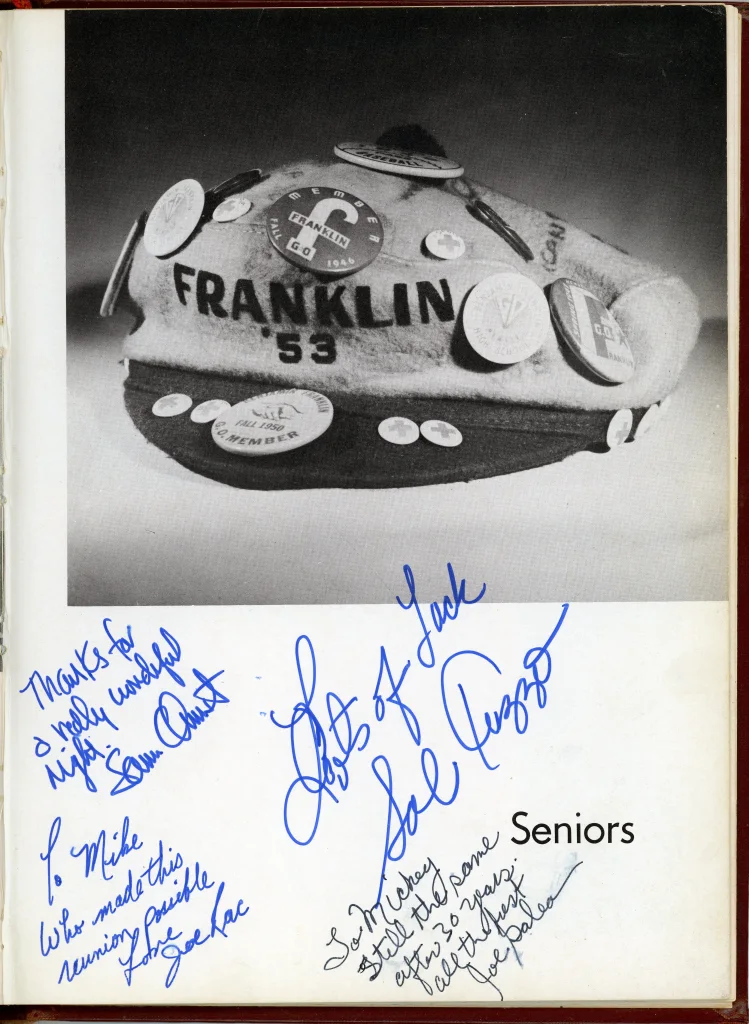
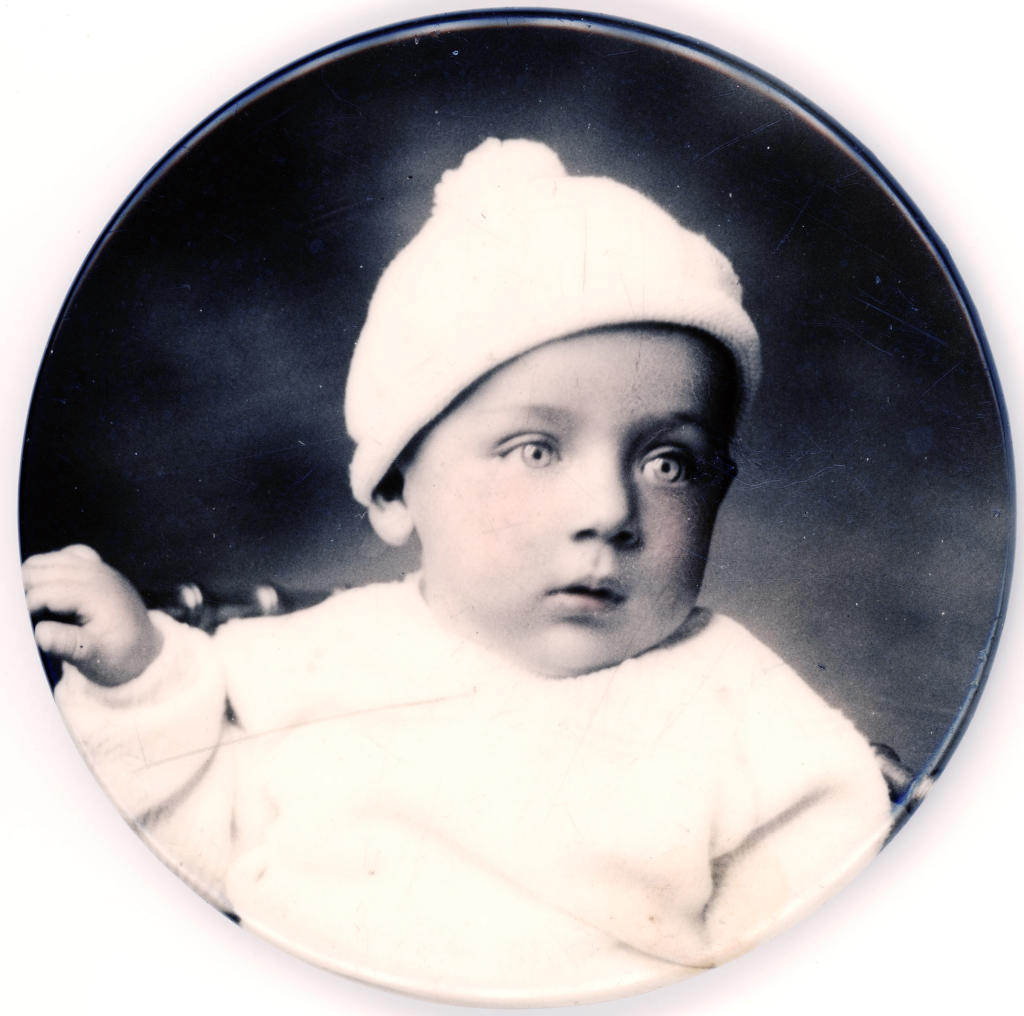
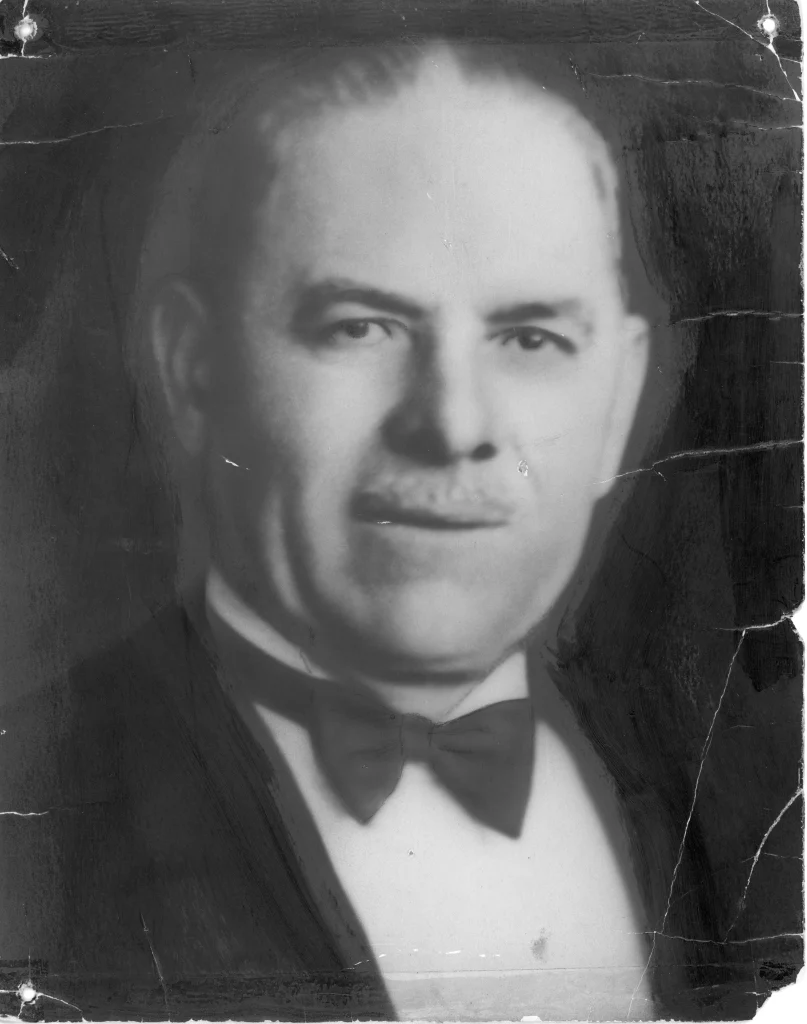
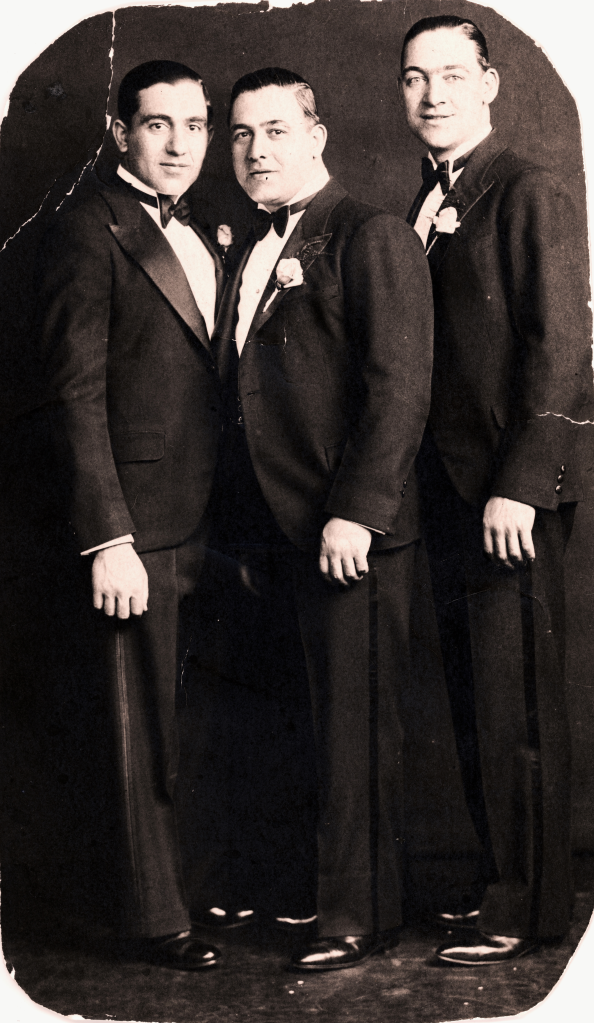
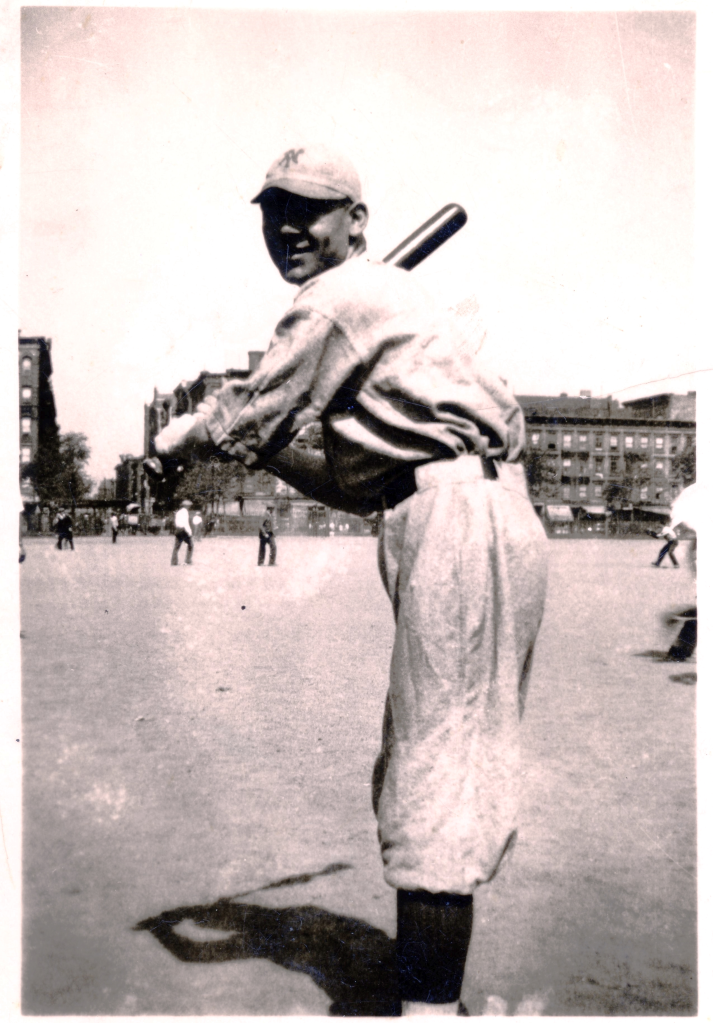
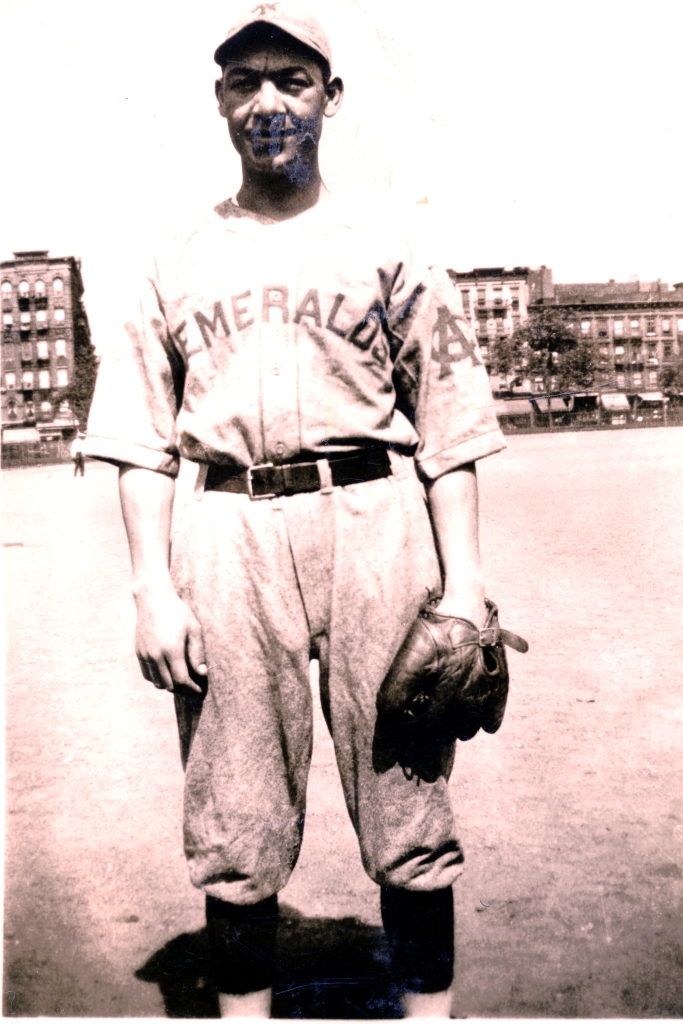


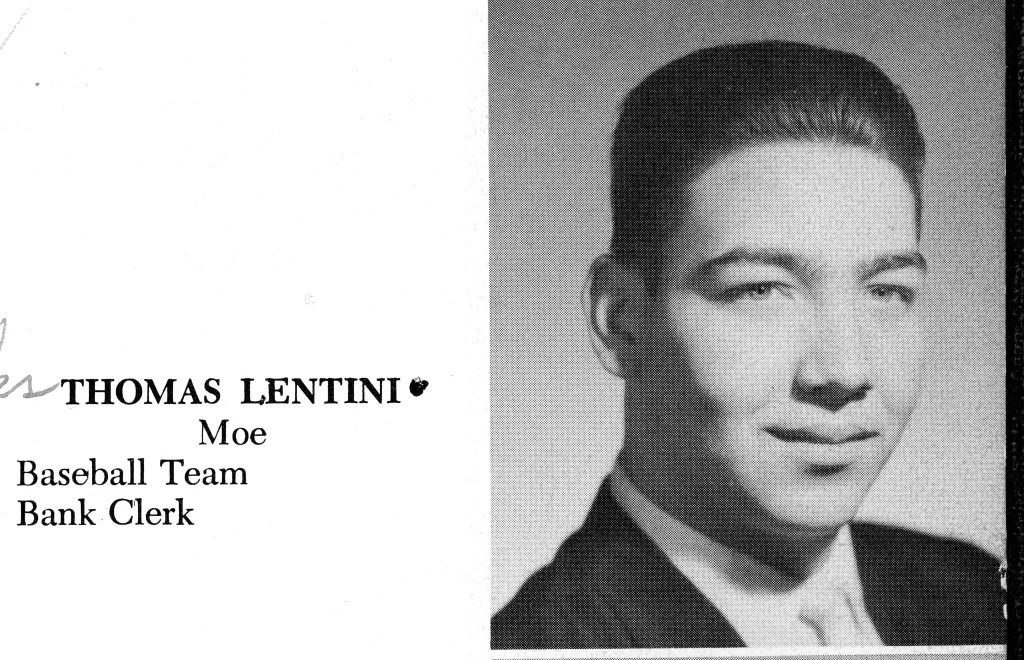
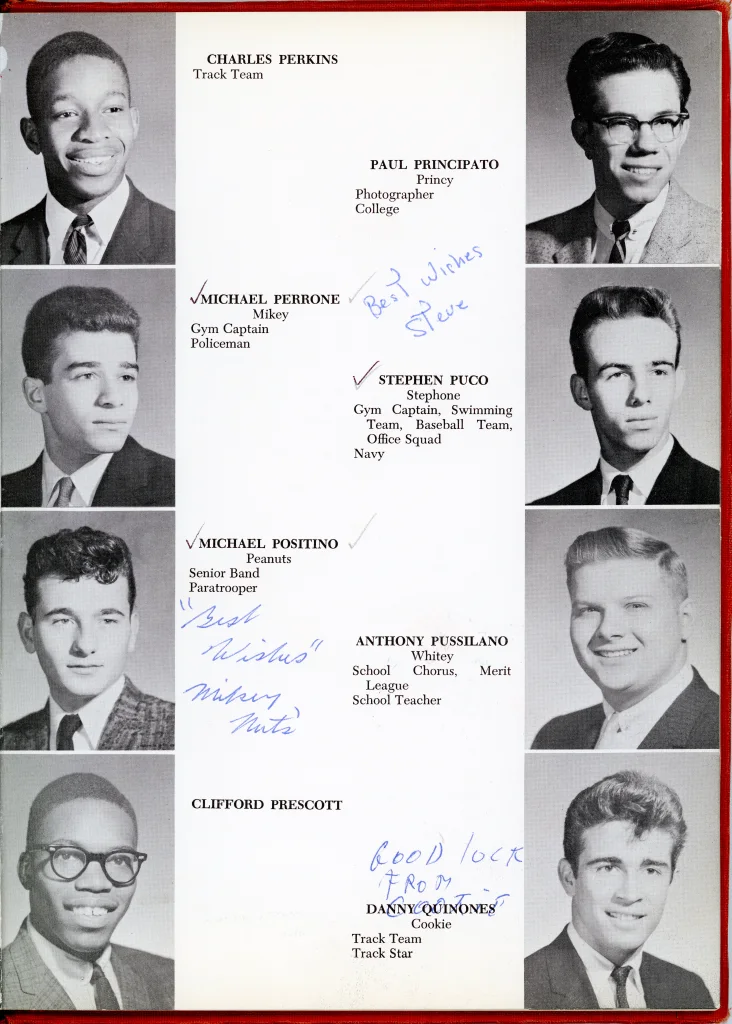


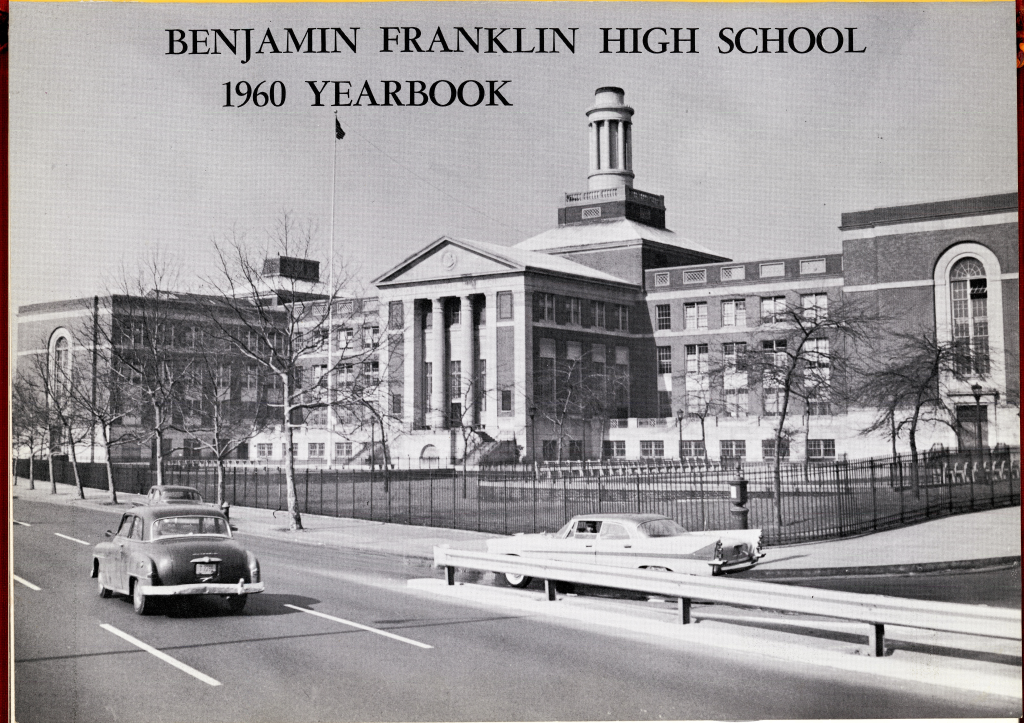

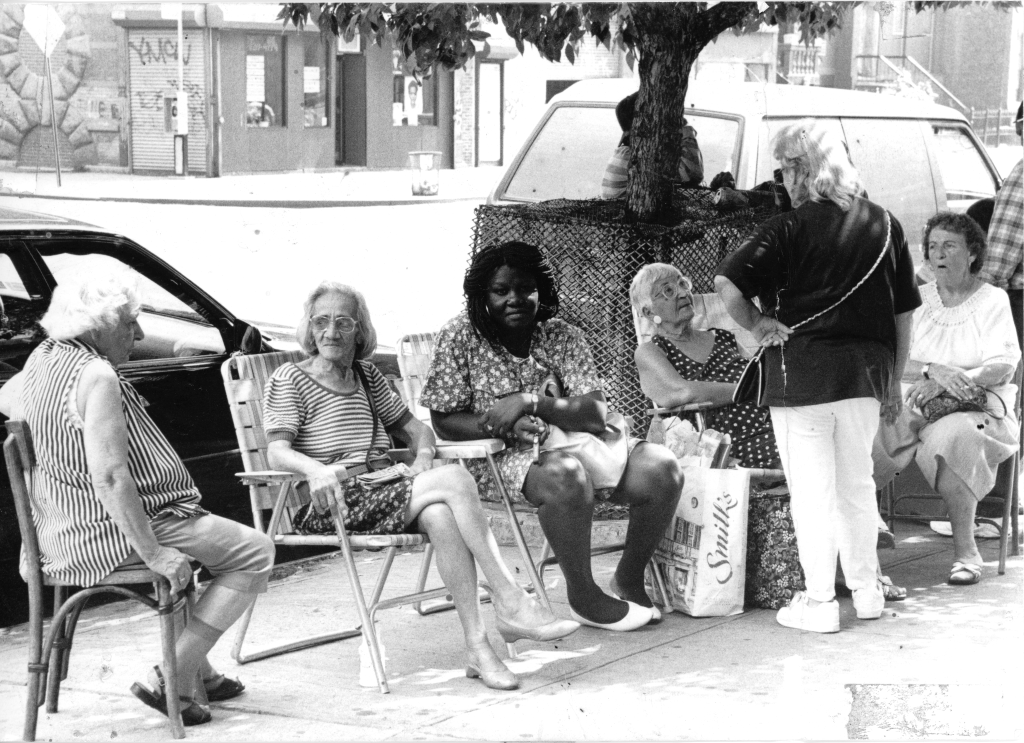
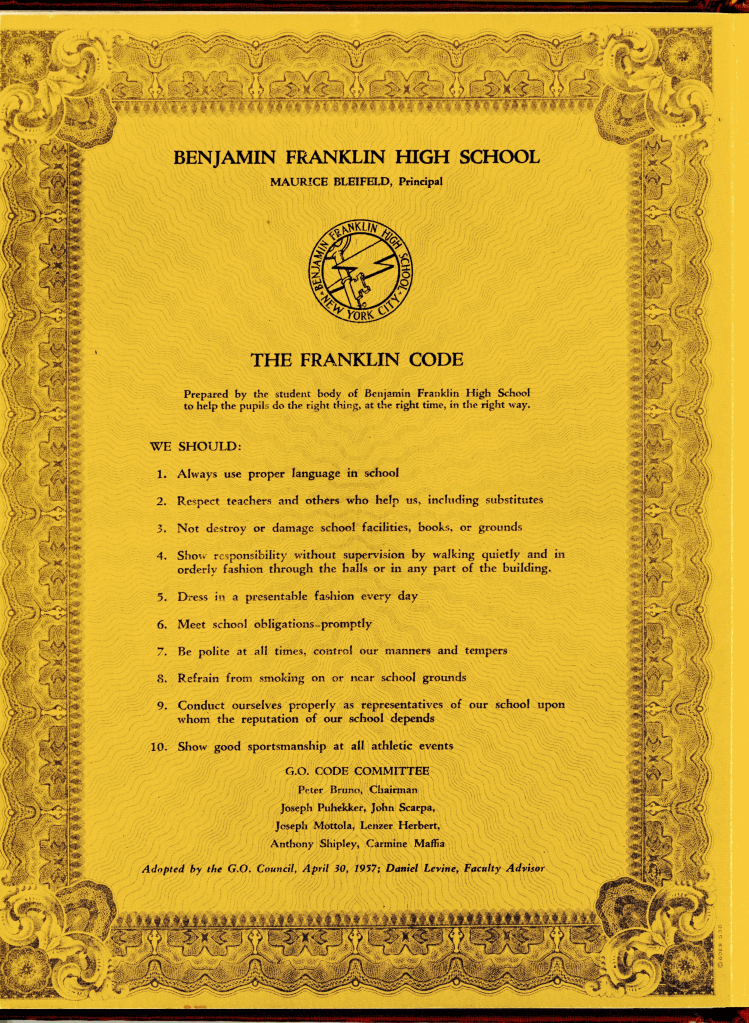
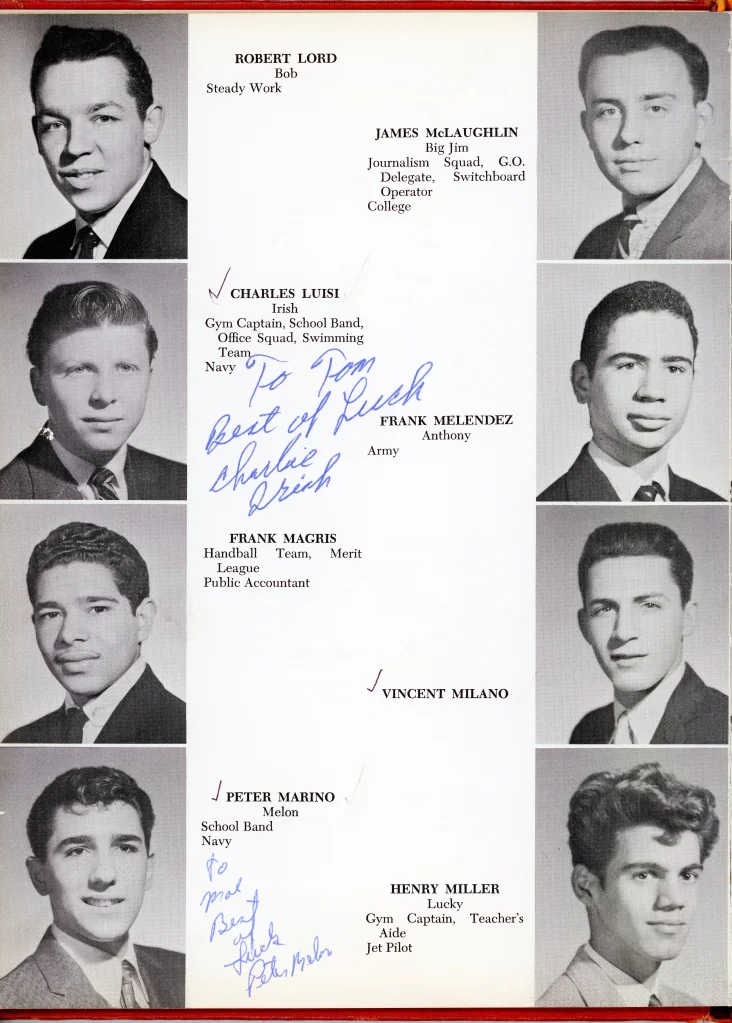
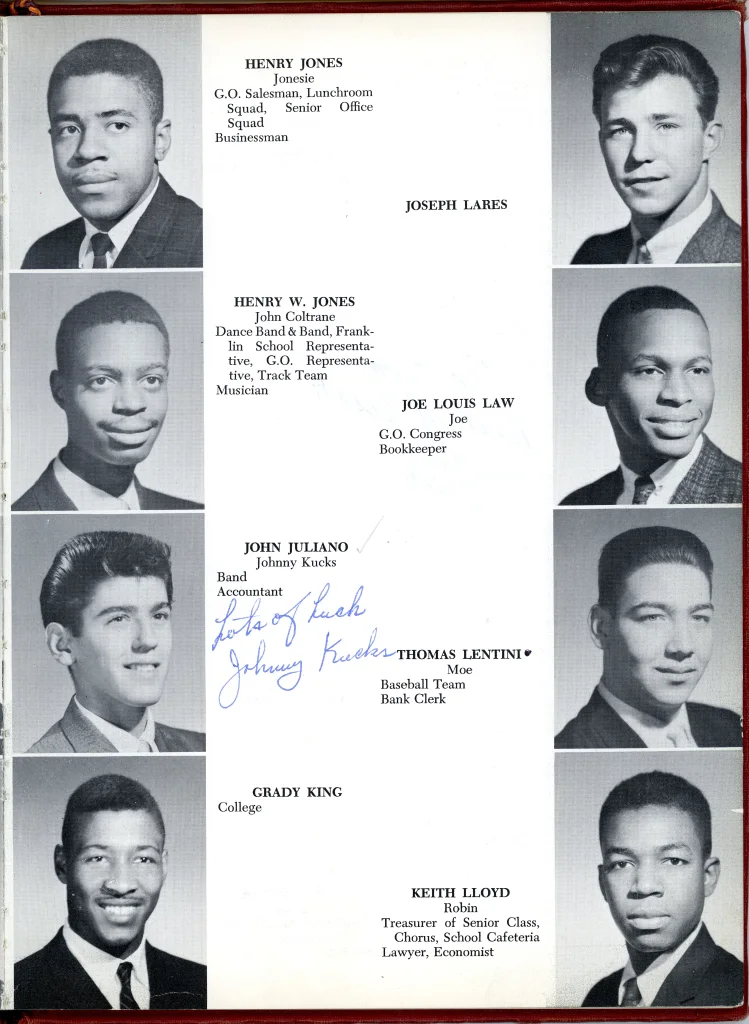
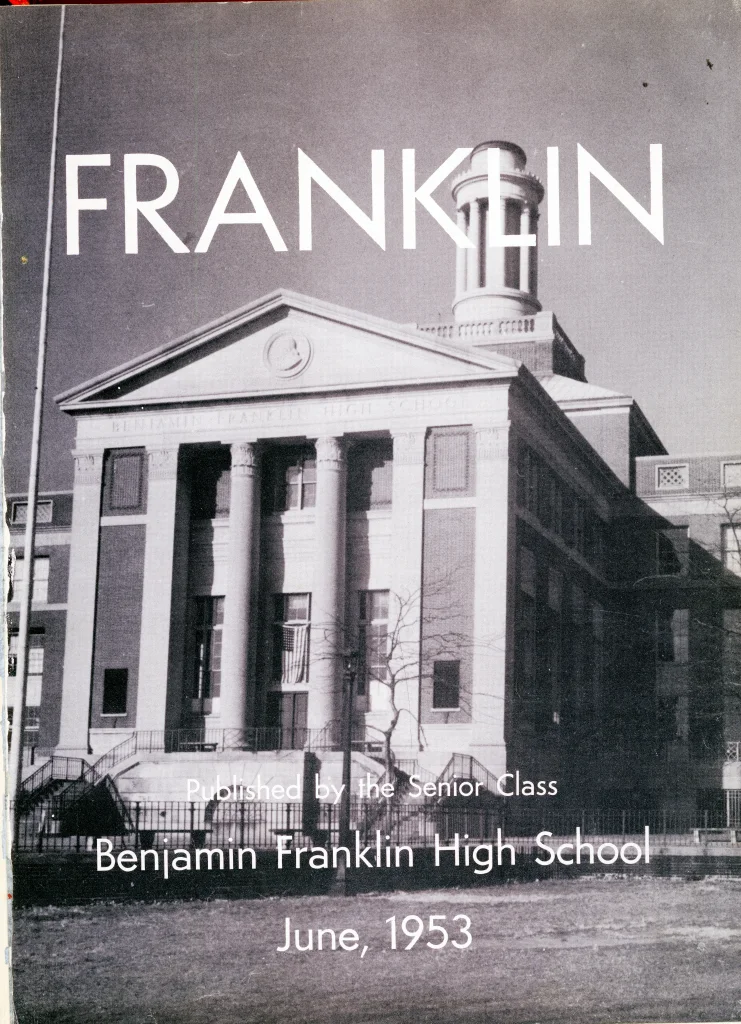
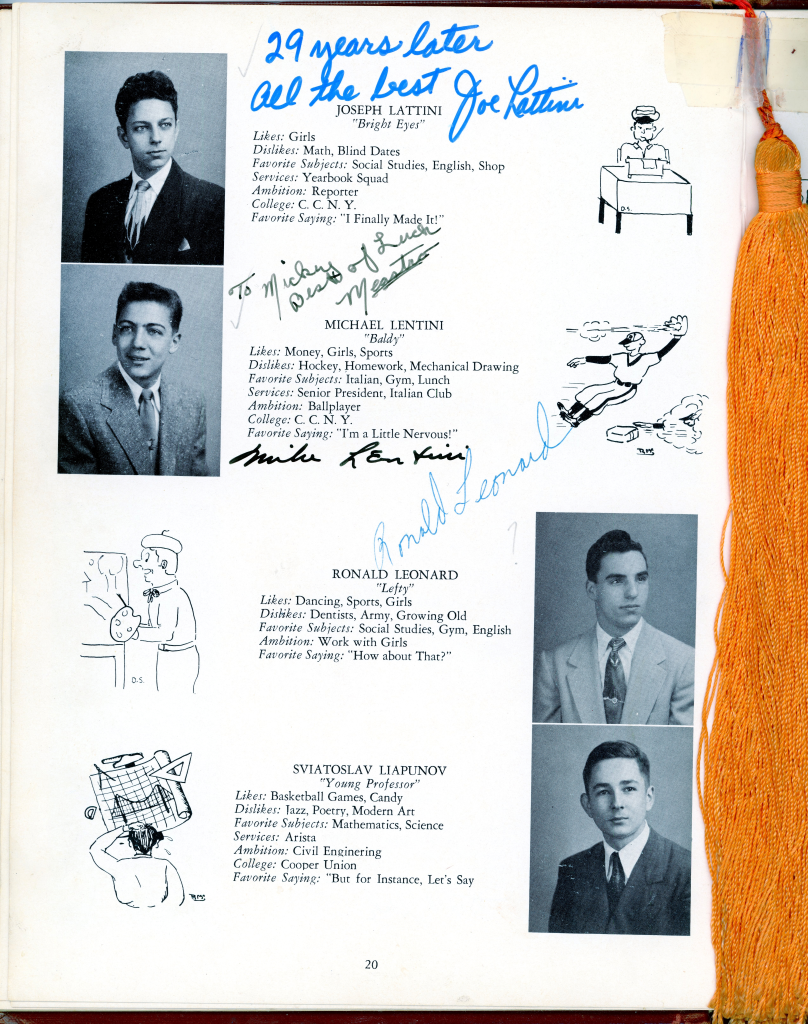
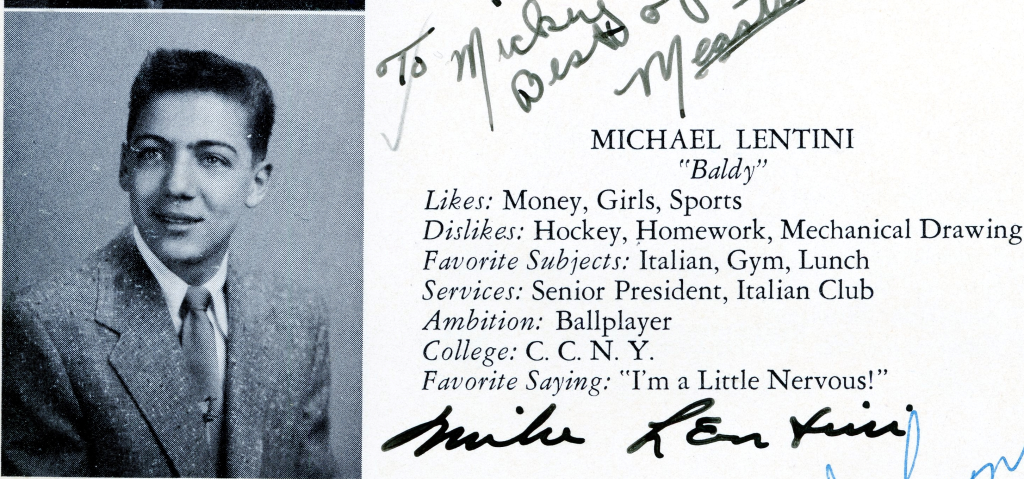
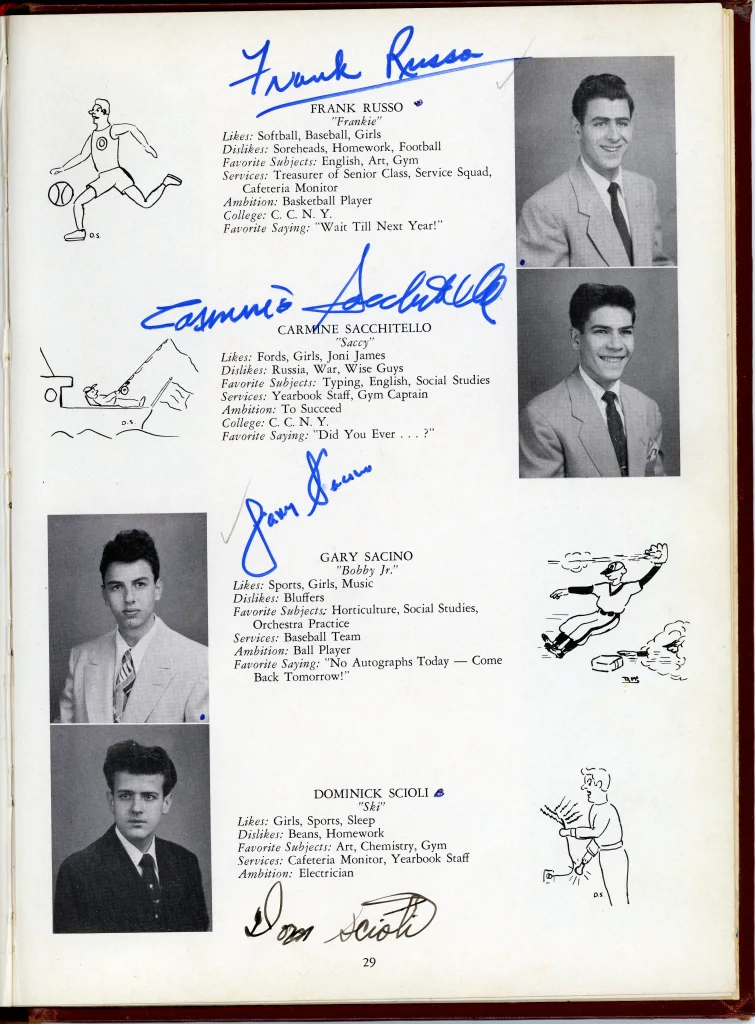
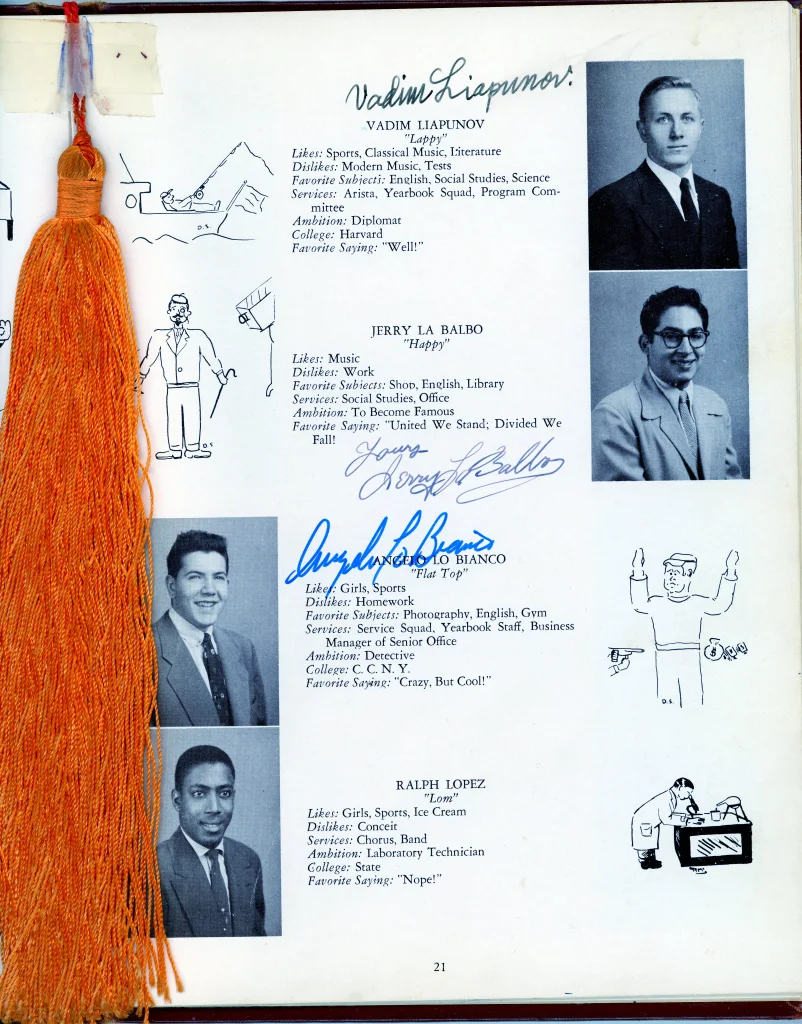
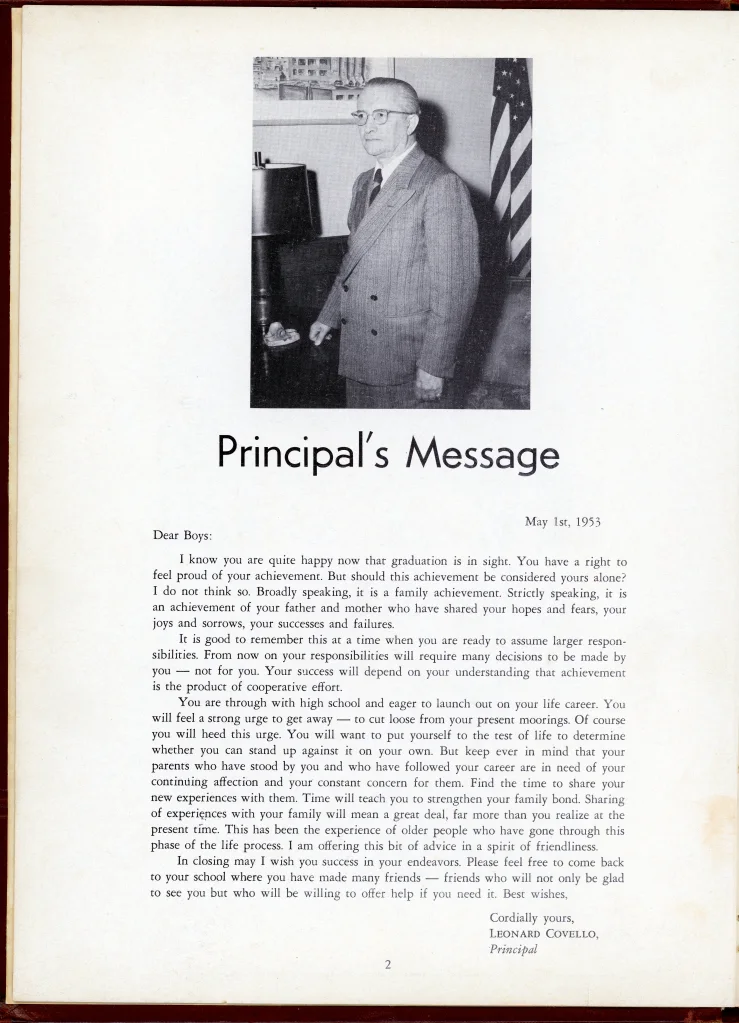
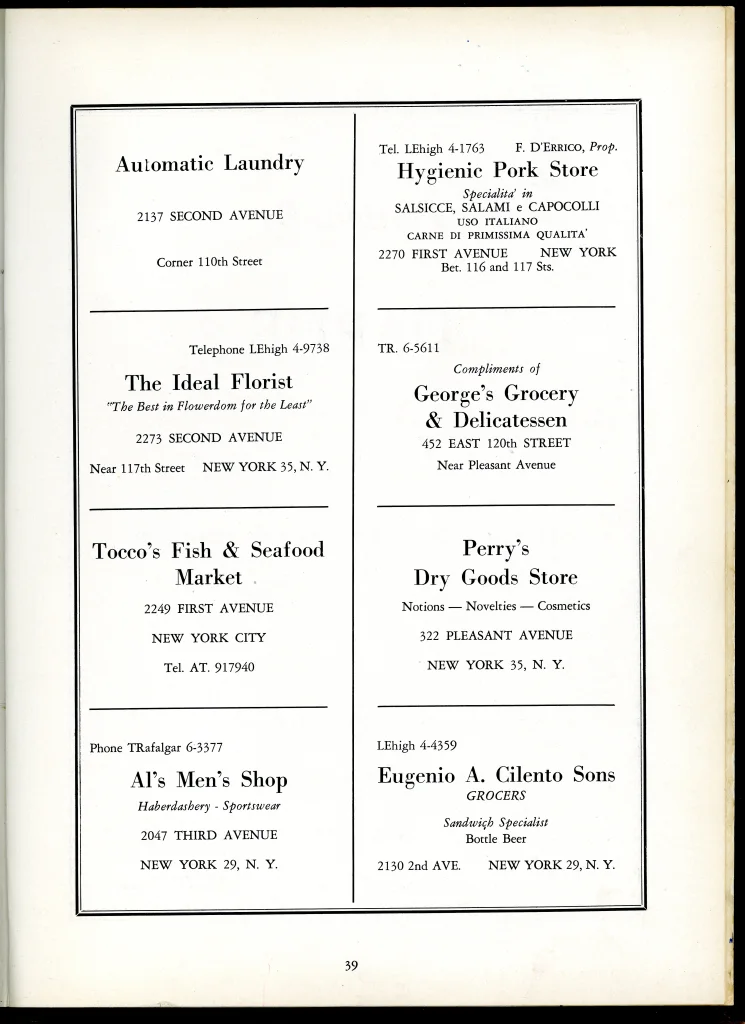
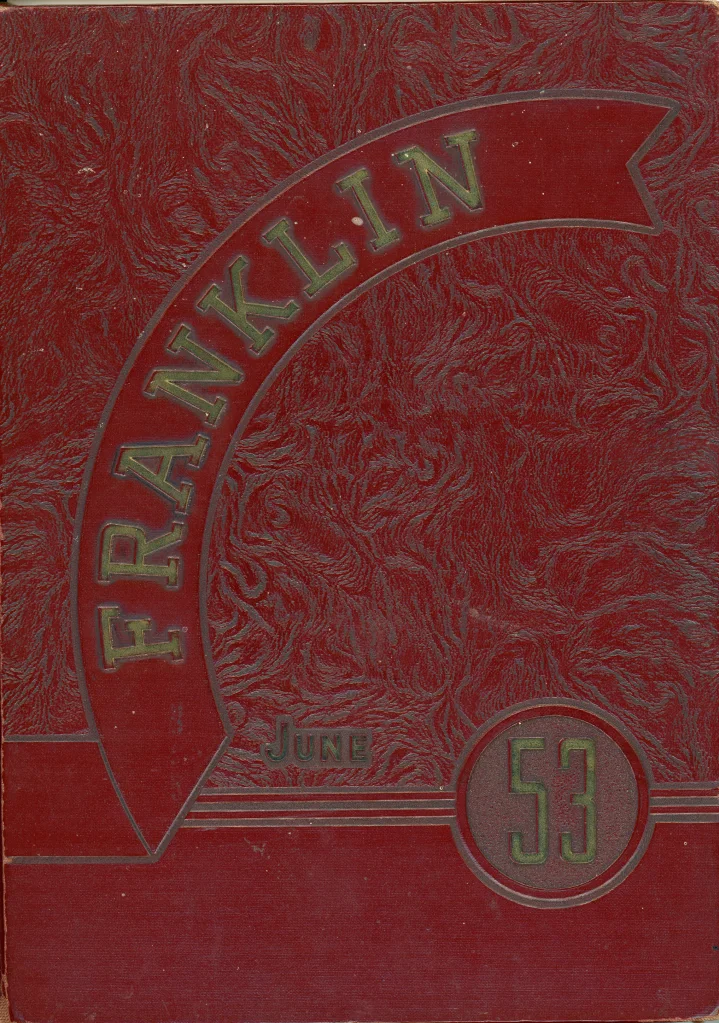
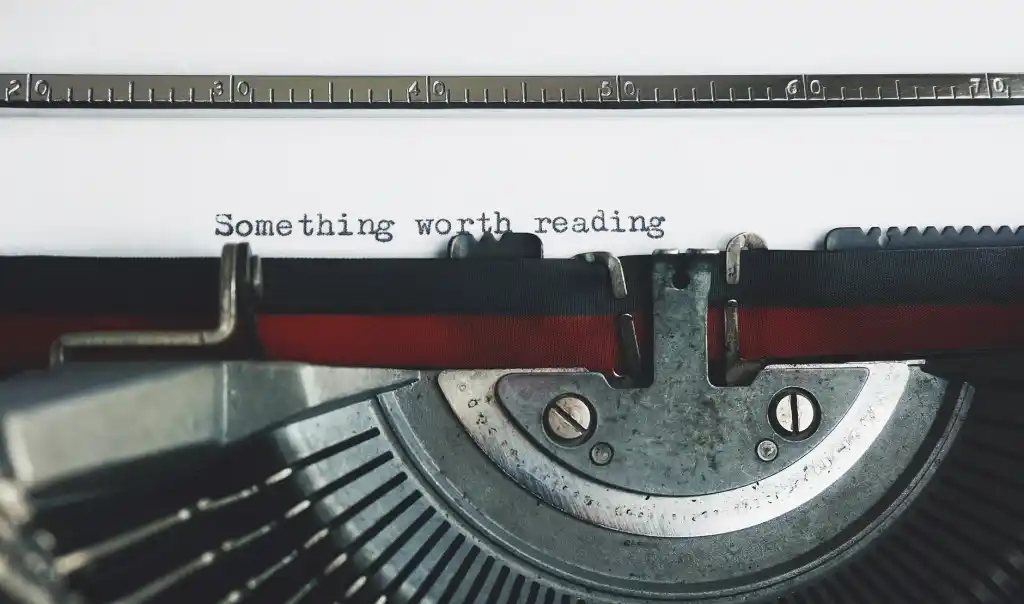
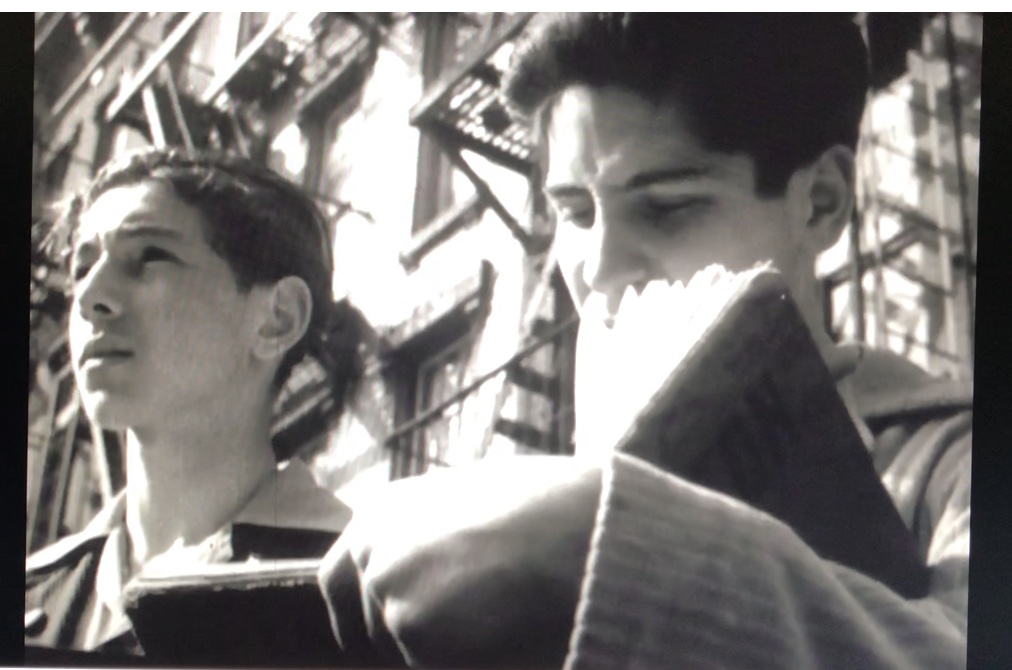


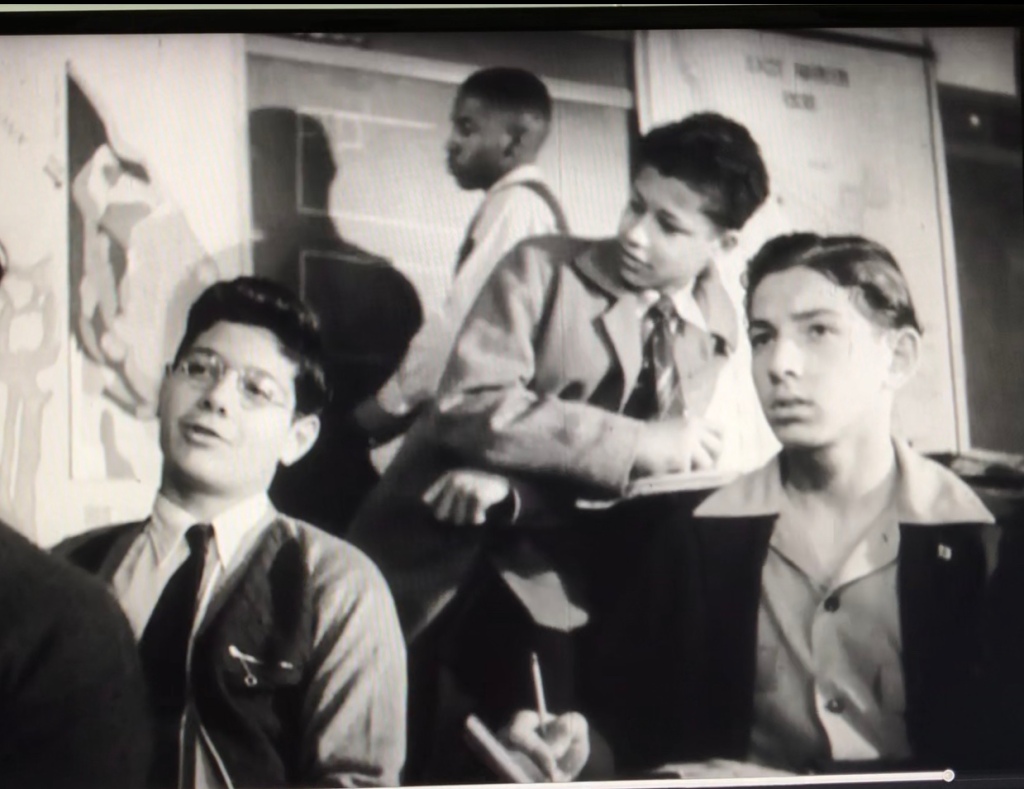
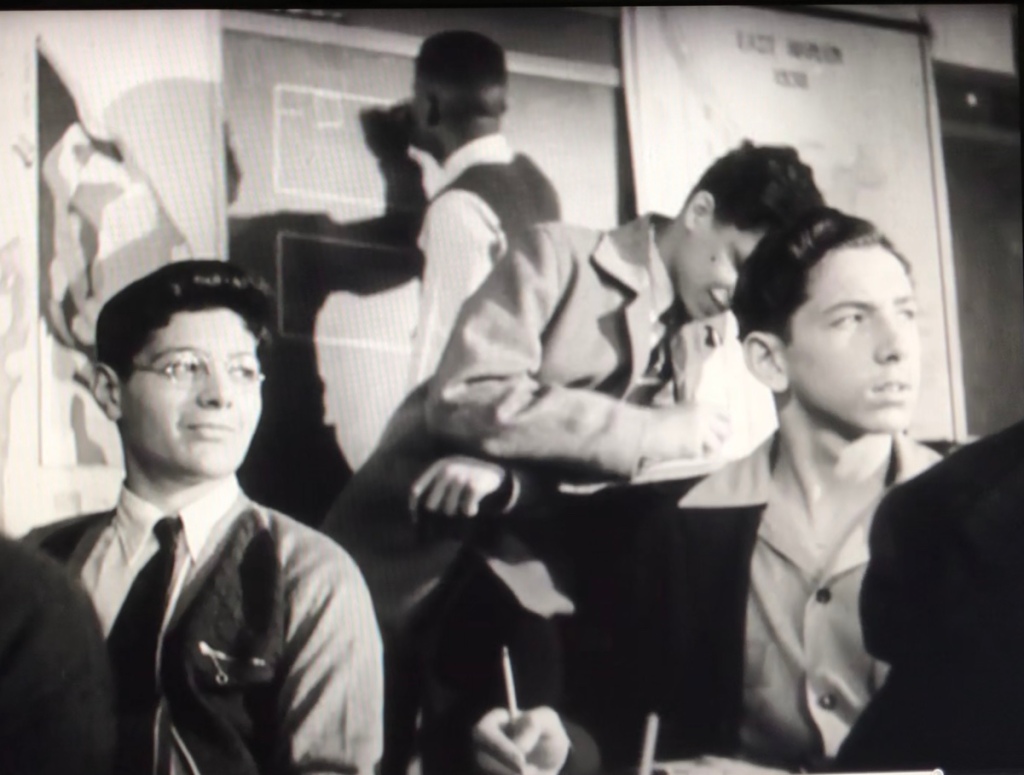



Recent Comments